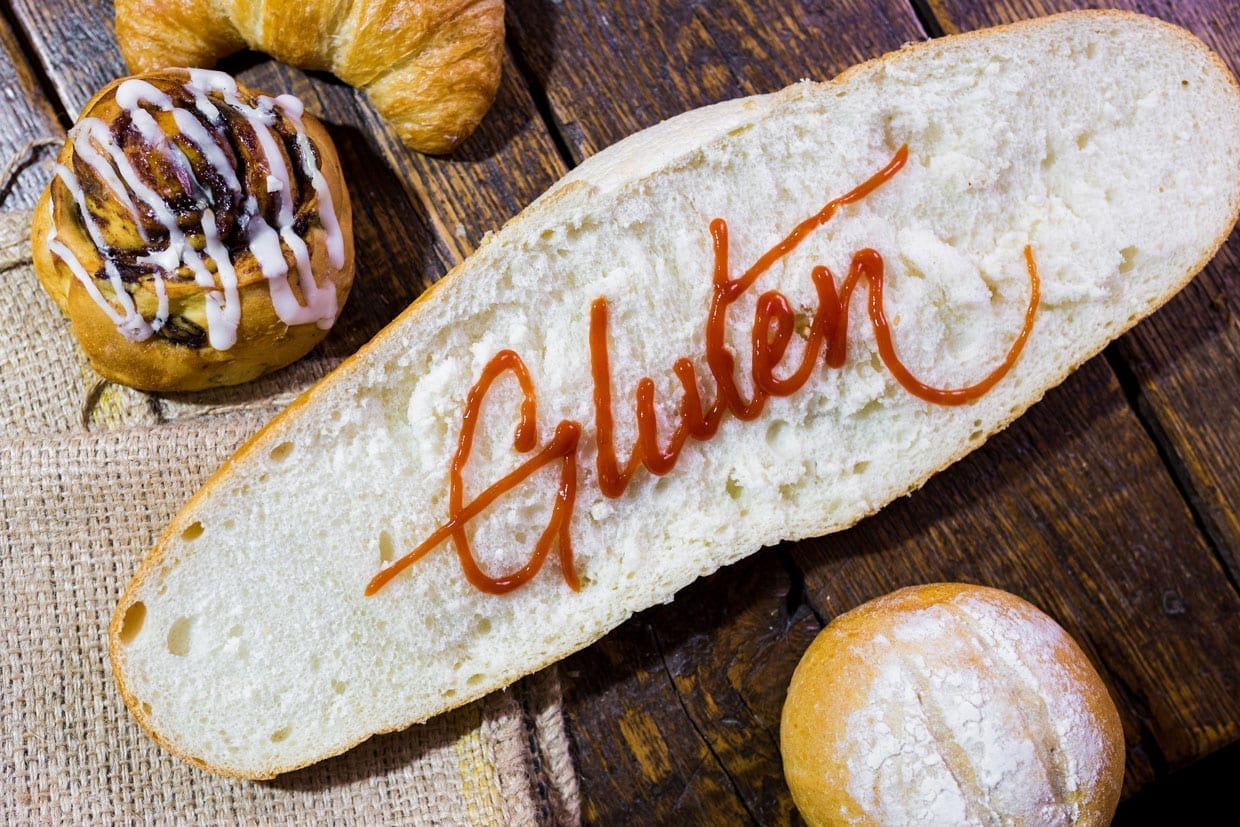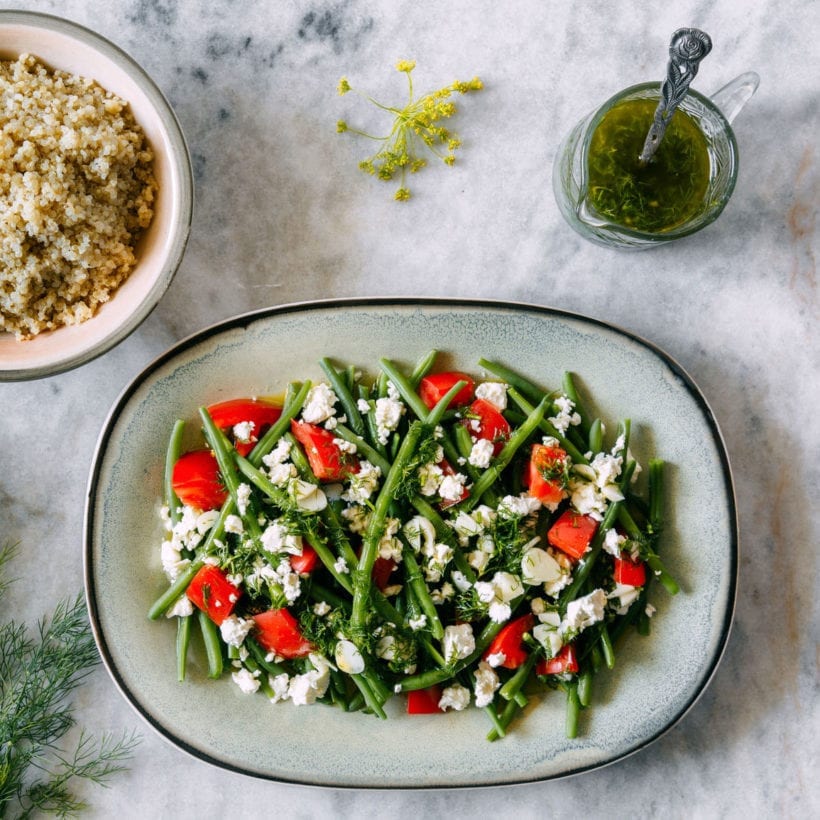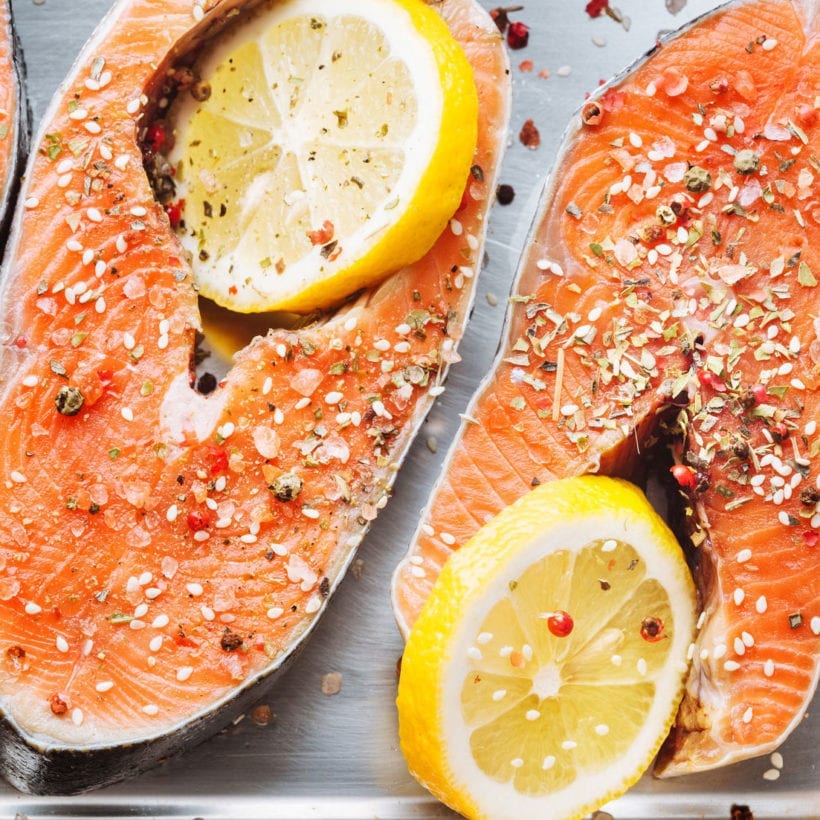The word “gluten” often makes us salivate with thoughts of pasta, pizza, cookies and — of course — bread. But gluten is not just found in wheat. “It’s the dominant protein found in rye and barley, [too],” says Julie Stefanski, a registered dietitian nutritionist and spokesperson for the Academy of Nutrition & Dietetics. Because of that, there are many foods with hidden gluten that should also be avoided if you have a gluten sensitivity, dietary preference, or celiac disease, which is an autoimmune disease that causes your body to “produce a harmful immune response every time gluten is consumed.”
And the gluten in these foods often causes a chain reaction throughout the body. If you suspect you might have a gluten intolerance, you will likely experience “headaches, brain fog, mood changes, chronic fatigue, and/or skin problems,” says Ann Louise Gittleman, Ph.D., CNS. And while skin problems might be the most surprising here, they are very common. Inflammatory foods can lead to different skin issues, but in this case, gluten typically affects the chin and mouth (so-called “gluten face”). You might see overall puffiness and experience more breakouts, thanks to the gut imbalance.
And, while it is completely possible to cut out gluten from your diet to ease the symptoms listed above, most experts highly recommend paying your doctor a visit prior to starting a full-fledged gluten-free diet. “Before changing your diet to remove gluten, it’s vitally important to see a physician and get tested for celiac disease,” notes Stefanski. “Up to 80 percent of individuals who have celiac disease don’t know it because they write their symptoms off or change their diets without being tested,” she adds.
Surprising Foods That Contain Gluten
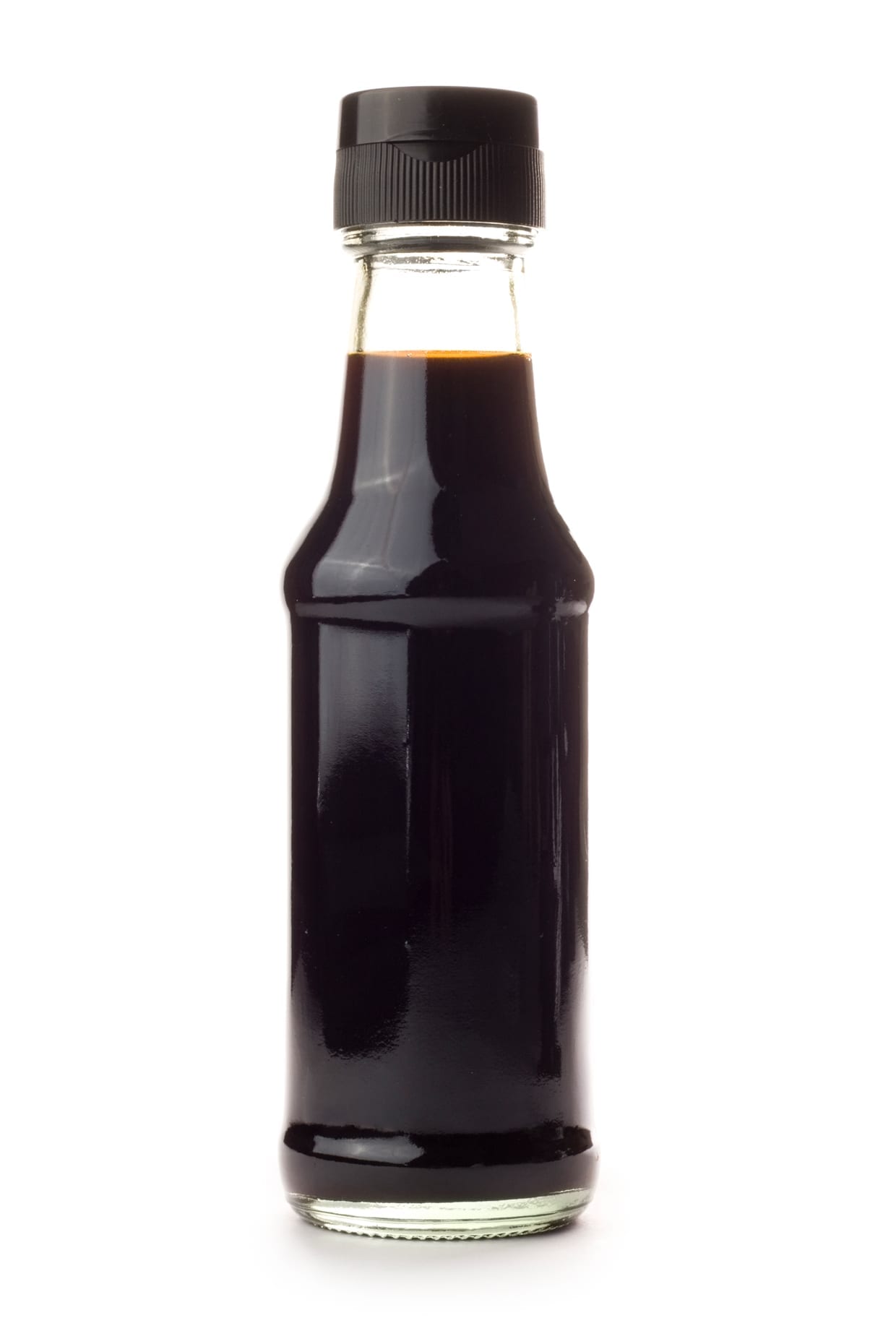
Soy Sauce: Gluten-free soy sauce is possible to come by and actually tastes the same, but it is possible that your favorite sushi restaurant opts for something more traditional. “Soy sauce is made of four ingredients: water, soybeans, wheat and salt,” notes Gittleman. “During fermentation, the wheat proteins break down in a process called hydrolysis. What’s scary about soy sauce is that a gluten antibodies test can’t detect the traces of gluten due to the small size of the particles,” she adds.
Salad Dressings: You probably did not think you would find gluten lurking in your salad dressing but, unfortunately, it is there. “Gluten is commonly added to the flavor seasoning to enrich the taste,” explains Gittleman. But, while it might seem like a bummer, it is actually fairly easy to spot dressings with gluten. “Manufacturers [typically] put ‘contains wheat’ on the bottle to let their customers know. If not, look through the ingredients list. If there’s any mention of wheat, rye or barley, then it contains gluten.”
Ground Spices: Be wary of spice mixes like curry powder and Cajun spice mix as they could contain gluten in “an anti-caking agent.” This type of additive typically contains wheat, barley or rye and can be found not just on your spice rack, but also in any packaged foods.
Potato Chips: This one is a head-scratcher for sure, but it actually makes total sense (especially now that we know some ground spices can contain gluten). “Potatoes in their original form don’t contain gluten, but many potato chip flavorings do, or the chips get contaminated with gluten in processing,” explains Gittleman.
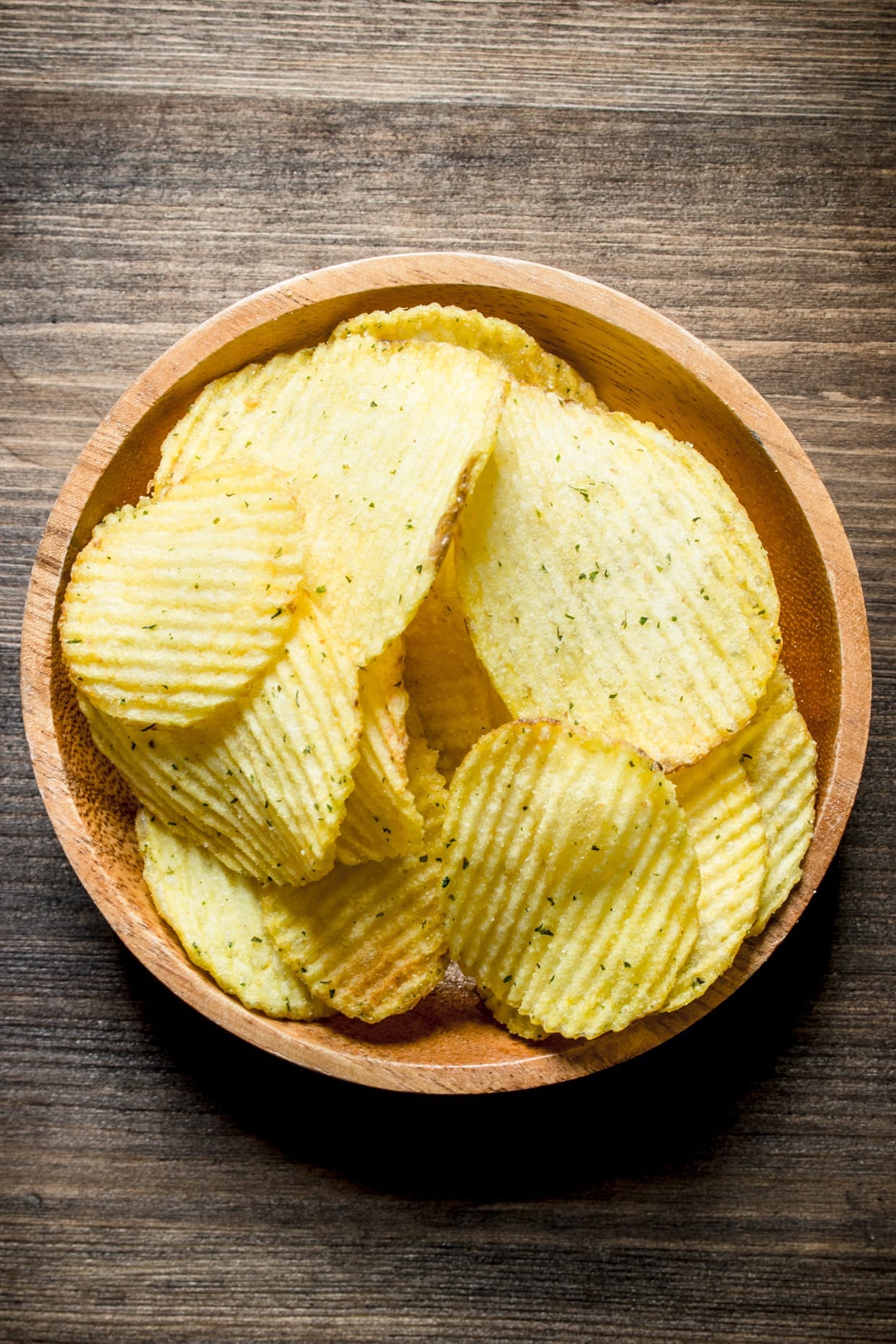
Mustard: According to Gittleman, mustard is another potential no-no if you avoid gluten in your diet. “Some prepared mustards can contain wheat flour,” she notes. As a precaution, always check the ingredients label on your condiment and look for labels that say “gluten-free.”
Processed Deli Meat: “It’s easy to assume that the gluten-heavy part of a sandwich is the bread. It turns out, though, that processed deli meats might contain it, too,” says Gittleman. “Deli meat often contains seasoning and binder to give the meat taste or texture [and] some of these contain rye, barley, or wheat products,” she adds. In this case, your butcher is your friend and should be consulted on whether or not the meat you purchase contains gluten.
Pudding: If you love pudding but consume a gluten-free diet, you might want to reconsider the store-bought kind. “Many puddings contain gluten-based thickeners,” says Gittleman. When making your own, Gittleman suggests arrowroot to start as it is “great gluten- and corn-free option.”
Store-Bought Sauces: Barbecue, tomato and other types of store-bought sauces could wreak havoc on your gluten-free diet (and body if you have sensitivities or celiac disease). Much like pudding, “many packaged and canned sauces contain gluten as a thickener — not to mention artificial colors, flavors and MSG,” says Gittleman. Instead of reaching for the jar of sauce, try making your own and rest easy knowing gluten is not hiding somewhere behind the scenes.
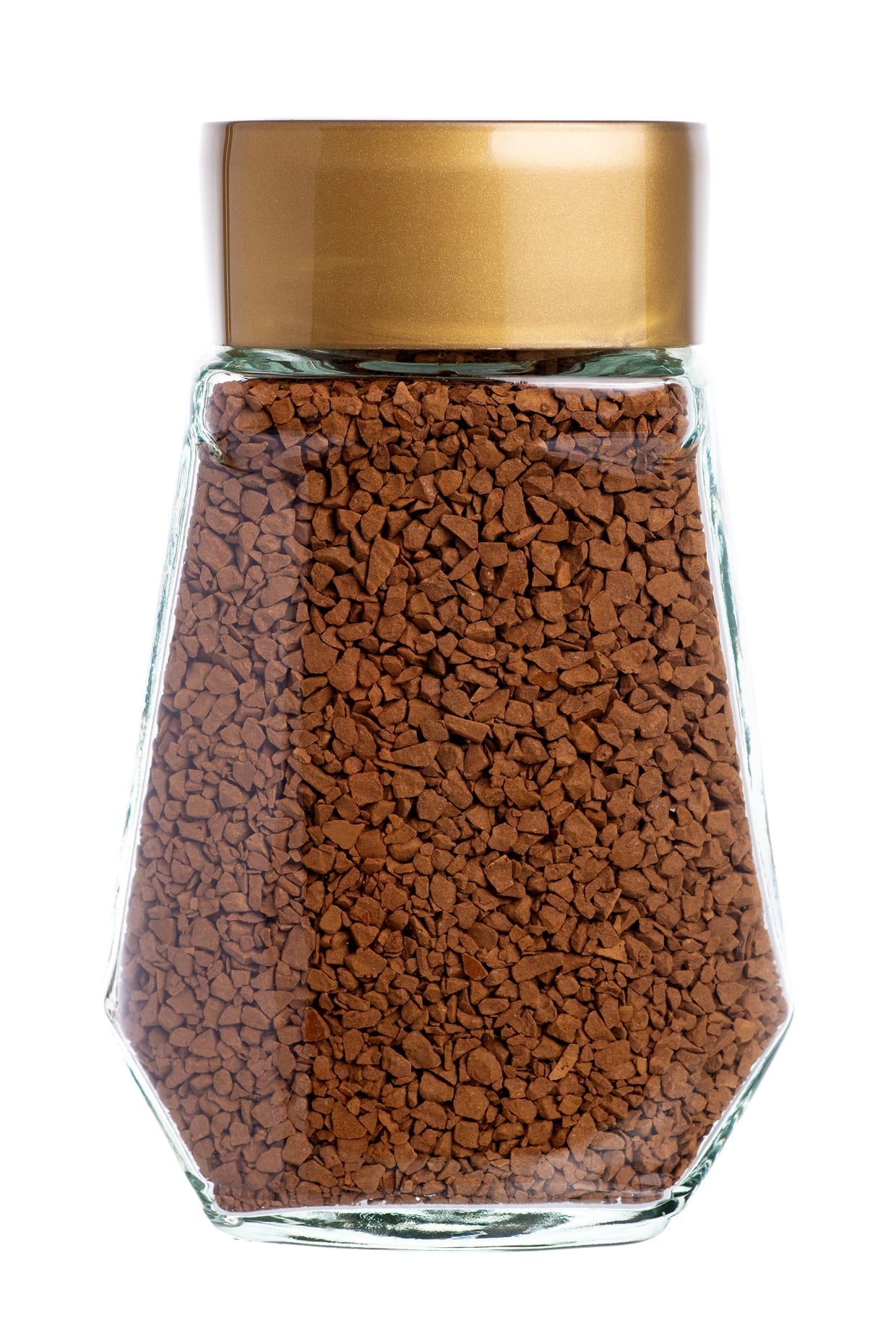
Instant Coffee: Your convenient cup of joe might also be on the naughty list. “Many instant coffee brands contain gluten as a bulking agent, and powdered milk also contains wheat,” says Gittleman.
Herbal Teas: You might be wondering what herbal teas and gluten have to do with each other and, sadly, the answer is a lot. According to Stefanski, these teas “can include barley as an ingredient.” This is something to keep an eye on all year, but especially around the holiday season, as many herbal tea companies add the ingredient to their Christmas tea blends. “Barley adds a savory flavor to teas that might be associated with winter season flavors,” notes Stefanski. “I’ve seen barley in herbal tea products such as gingerbread or sleigh ride theme. Personally, I’ve never found it in more summer tea blends such as fruit-focused flavors, but it’s important to read all the ingredients to make sure,” she adds.
Candy and Chocolate: When it comes to candy and chocolate, Stefanski says to always read the label. “Gluten is not often an ingredient in hard or gummy candies in the United States. [However], it’s important to check with the manufacturer or the specific location the candy comes from as certain locations produce different products that may be cross-contaminated. Licorice almost always contains gluten, unless it’s a special gluten-free version.” If a chocolate bar or chocolate candy contains gluten, it typically comes from “an ingredient added to the plain chocolate such as crisped rice cereal or cookie wafer.” And while staying away from chocolate covered pretzels may be obvious, there is one candy that might surprise you: Twizzlers. The movie theater favorite contains wheat flour, which usually comes as a shock to most!
We only recommend products we have independently researched, tested, and loved. If you purchase a product found through our links, Sunday Edit may earn an affiliate commission.
